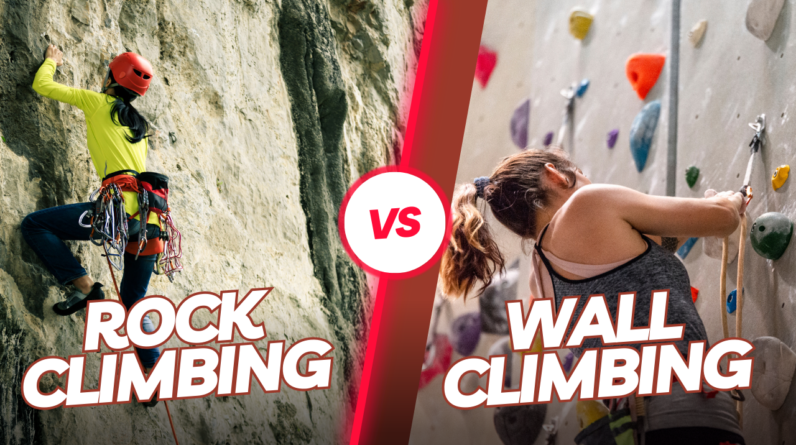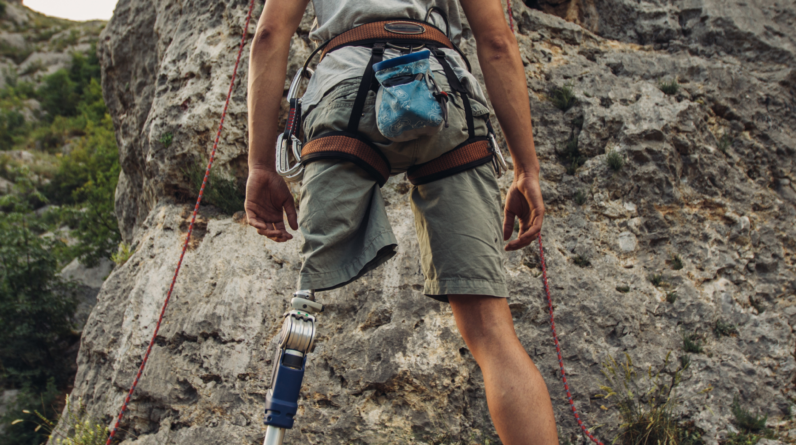
Rock Climbing Basics: Close to the wall
Having a clear understanding of the basics of rock climbing can make a huge difference in the way you climb. It allows you to avoid common pitfalls and to find holds that make climbing easier. You can also help solve problems and tackle more challenging routes.
One common beginner mistake is looking up when stuck. Rather than looking up, you should be looking for holds in well-balanced positions. This will allow your hands to be used as pivot points, reducing muscle strain and making it easier for you to climb.
One of the best beginner moves is the back step. The back step is a simple, yet effective technique for moving from one hold to another. It involves moving one leg behind the other in a crossing fashion. It can be particularly effective if you are climbing a tall, steep wall.
Another technique that is popular among beginners is the flagging move. The flagging move is a counter-balance move. By pressing into the wall, you create an opposition between your grounded foot and your flagging foot. The advantage of flagging is that you have your foot on the same side as your handhold. This makes it easier to pull in, and also keeps your center of gravity close to the wall.
Many people think that climbing is all about using your arms. While this is a useful technique, it is not always the most effective way to climb. Rather, it is best used in the context of a larger family of efficiency.
It is also important to understand how to use your feet when climbing. While it is possible to climb efficiently with only your legs, this is less efficient. Using your feet to push up is more effective, and can save you time and energy.
The back-flag is another great technique to use when climbing. This involves passing one leg behind the other, and crossing in a way that puts you in the square position for a grip. It can be used in the corner, in a crack with an opposing wall, or even in a chimney.
Another great beginner move is the drop knee. This technique combines a twisting motion with a rolling knee in order to get your hip closer to the wall. You can also do this to extend your reach on a steep wall. The only caveat to the drop knee process is that your hips should be open during the entire process. Using your arms to pull up will tire you out quickly.
Some other moves to try when climbing are the stemming move, laybacking, and the climbing square. These moves can be particularly helpful when you are lacking in footholds. When you are using laybacks, your heels should be low, and your hips should be squared to the wall. This is also helpful in the case of stemming, because it requires counter pressure to keep your balance.
Finally, if you are stuck and need help, most climbers will be happy to help. However, it is also important to maintain a policy of quietness and being courteous to other climbers.






